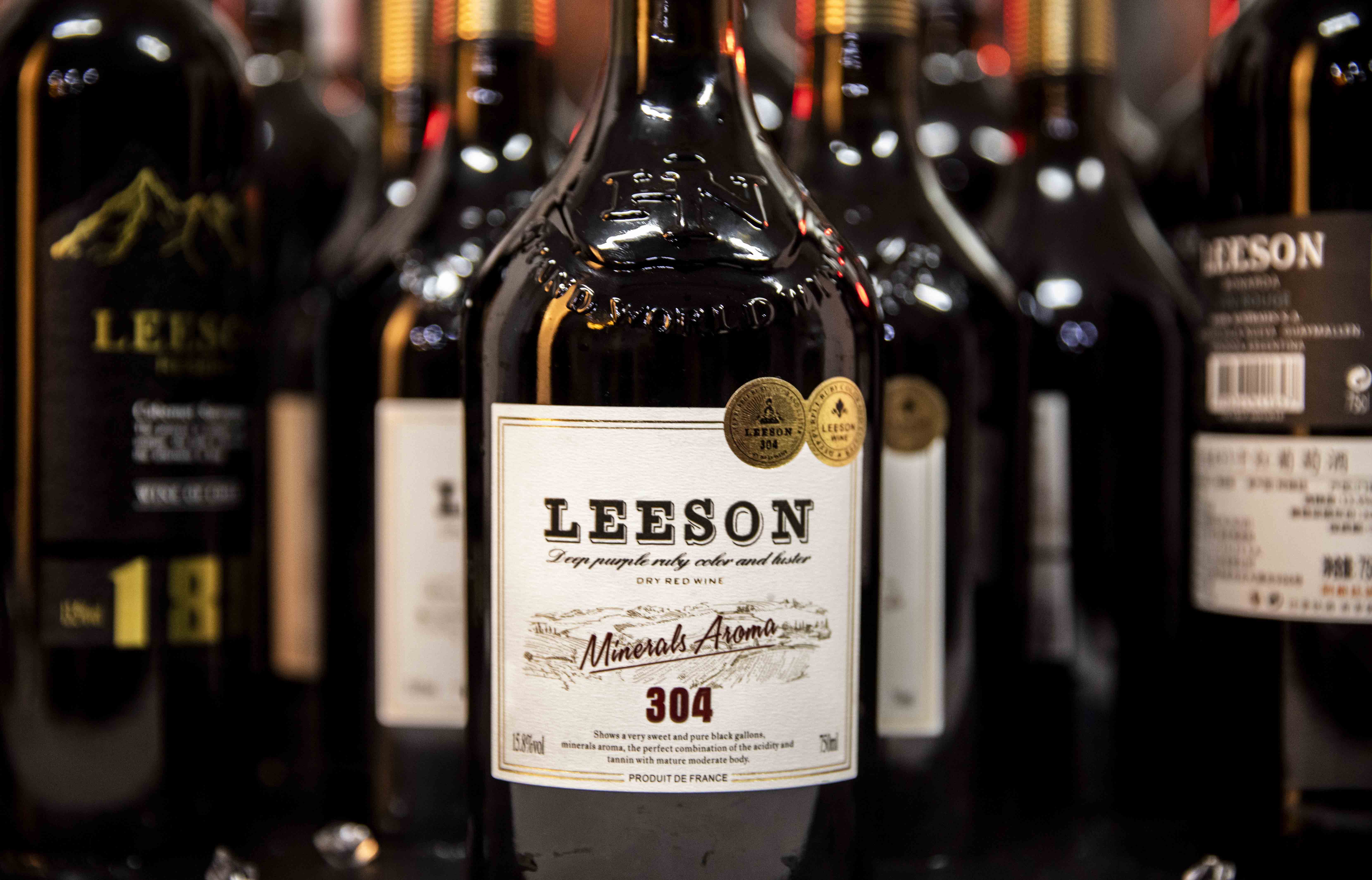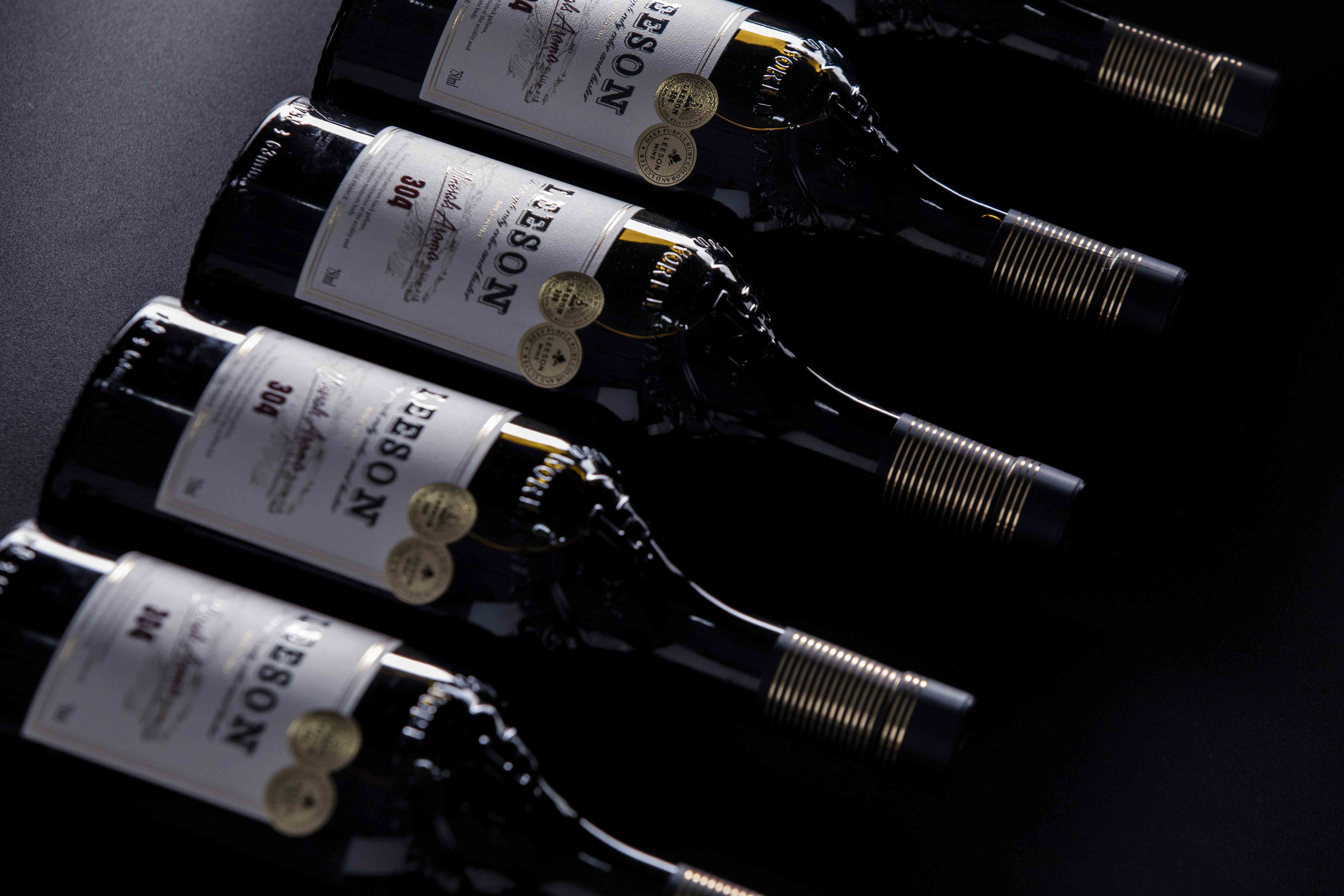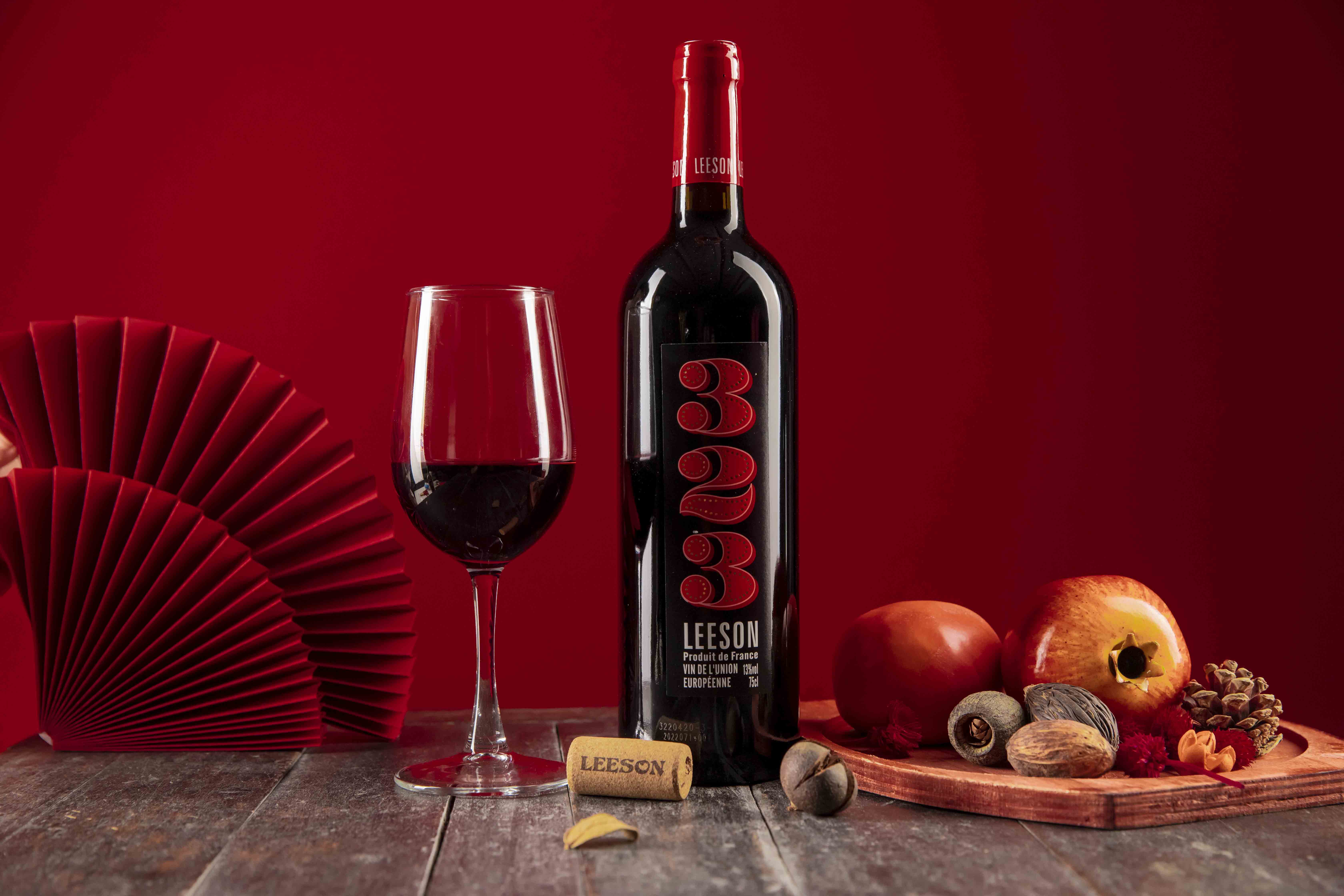Our common standard bottle of wine is 750ml . In fact, there are more than a dozen specifications of wine bottles, ranging from small capacity of 187ml to large capacity of 30l . Yuncang Winery’s brand LEESON red wine sharing will show you the different capacities wine bottle.

1. 175ml or 187ml piccolo bottle. This kind of wine bottle belongs to the smallest bottle type in wine. Generally, a standard bottle of 750ml is used to pour 6 cups, and a piccolo bottle is equivalent to pouring 2 cups of wine.
2.375ml half bottle. Equal to half a standard bottle, about 3 glasses of wine can be poured.
3.750ml standard bottle. The common wine bottle on the market can pour 6 glasses of wine. There is a story about the origin of the standard bottle, interested friends can look up the data in this regard.
4.1.5L Magnum bottle. Magnum means "bigger" in Latin, so this bottle type is equivalent to the capacity of two standard bottles. Large bottles of wine make the wine quality more stable and are good for wine aging. Although it is the capacity of two standard bottles, the price of such wine bottles is much higher than that of two standard bottles, because the manufacturing, filling and transportation costs of large bottles are higher. The 3L bottle is generally called a double magnum bottle.
5. 4.5L Jerobo ampoule. The name of the bottle comes from Jeroam I, King of Israel. Generally, the bottle of Rehoboam in Champagne area usually holds 3L , and the bottle of Rehoboam in Bordeaux area has a capacity of 4.5L .

6. 6L Methuselah bottle. Equivalent to the capacity of 8 standard bottles, 48 cups can be poured. The name is the seventh-generation descendant of Adam. It is known as a synonym for longevity and a symbol of ancient times.
7. 9L Assyrian king bottle. The large bottle named after the "Assyrian" king is equivalent to 12 standard bottles. This bottle type is not common, and it is more common in Bordeaux or Champagne.
8. 12L jumbo king bottle. Originated from one of the three Eastern sages who worshiped Jesus, it means the king of treasures. It is the capacity of 16 standard bottles.
9. 15L Babylon King Bottle. The name comes from the ancient Babylonian king who built the "hanging garden". This capacity is already a rare level, and it is difficult to see such a large bottle of wine on the market.

10. 18L Melchior bottle. The name comes from "Melchio" in the Bible, also known as the "Lord of Light Bottle", the capacity is equivalent to 24 standard bottles, which is very large.
11. 20L Solomon bottle. Named after the king of the Kingdom of Israel, it is equivalent to 24 standard bottles. It is generally used as a town fort wine for display or display, and is rarely circulated in the market.
12. 25L Sovereign Bottle, 27L Giant Bottle, 30L Salem King Bottle, these rare giant bottles are often found in champagne bottles. Large bottles of wine benefit from constant temperature and are not easy to move, so most of them have better aging ability. Such bottles are rare and more suitable for investment. For top wines, large-sized bottles have greater appreciation potential and higher selling prices.

Yuncang Winery has a multi-brand and multi-endorsement operation mode, inviting popular celebrities to attend or endorse their own products, find spokespersons that match the brand's own image and tone, and conduct series based on the star's story, personality, commercial value, and fan portraits. Content creation, exposure channel selection, and event planning maximize the value of stars and help brand development, so as to gain the love and support of the public and shape a good brand image. Increase product exposure and attract more potential users to understand the brand. Improve the credibility of the brand, shape the reputation of the brand, and drive potential users to trust the brand and buy it.

Yuncang Winery will adhere to
In recent years, under the pre...(544 )PEOPLE READINGTime:2023-03-13
Yuncang Winery won the 2022 Be
On December 7, 2022, the final...(852 )PEOPLE READINGTime:2023-03-13
Yuncang Winery cleverly uses &
The dropshipping model mainly ...(608 )PEOPLE READINGTime:2023-03-13
Does the online traditional bu
In recent years , the Internet...(904 )PEOPLE READINGTime:2023-03-13